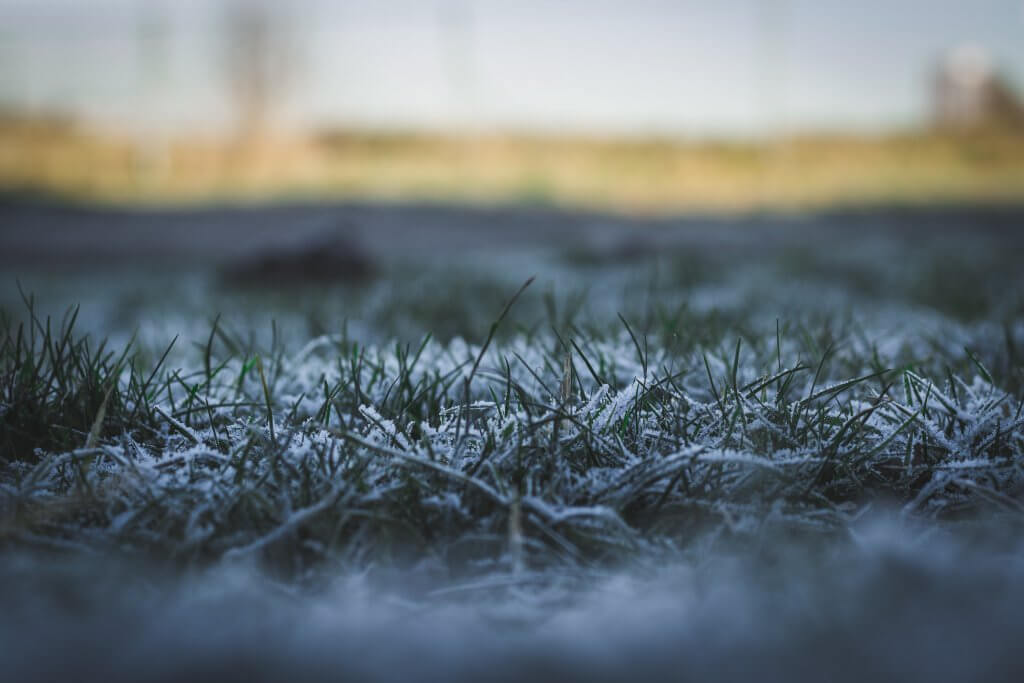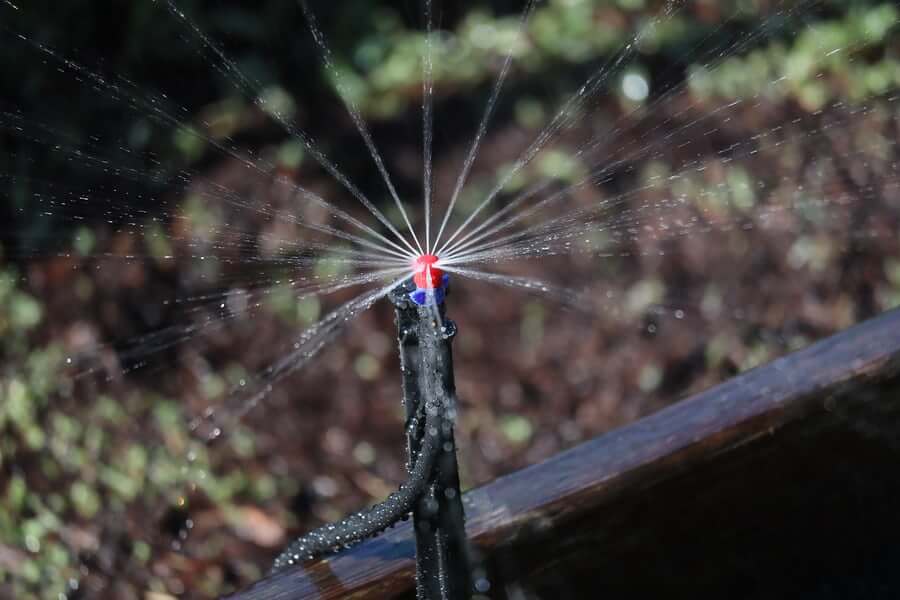Preparing Irrigation Systems for Winter
Many homeowners have opted to have irrigation systems installed to ensure that their turf has a reliable source of water if regional rainfall is insufficient. As the weather get colder, the risk of underground pipes freezing and bursting increases. As a lawn care company, we don’t offer winterization services or perform maintenance on irrigation systems, but, as your partners in creating and sustaining a healthy, vibrant lawn, we want to like to offer seasonal advice. So we’ve put together this list of tips to help those of you who have sprinkler systems get ready for winter.
The Importance of Winterizing Your Irrigation System
When temperatures fall below freezing, any water in your pipes or irrigation system can solidify. During the warmth of the day, that ice melts. Over time this process can increase air pressure to the point that cracks appear in your sprinklers, pipes and fixtures.
Adjusting System Settings
In regions characterized by sustained heavy snow, property owners can choose to disconnect their irrigation systems entirely. The situation is more challenging in temperate areas like ours where temperatures can fluctuate around the freezing point over an extended period. Some choose to adjust the control settings on their systems themselves, which requires careful and consistent monitoring of weather conditions. Others may want to take advantage of the array of smart features that can now be incorporated into these systems; one such option is a freeze sensor.
Drain Your Pipes and Sprinklers
When we reach the point in the season at which cold conditions are expected to persist for some time, the water in the pipes must be drained completely to reduce the risk of ruptured pipes and expensive repairs. Systems can be emptied manually from a drain valve or with compressed air. The latter method, while faster, can also be dangerous and is best done by a trained professional. If you’re winterizing on your own, the manual valve method is the safer choice.
Insulate Vulnerable Points
When no water remains in your pipes, all of the shut-off valves and backflow preventers should be insulated, since interior pipes exposed to cold outdoor temperatures can expand. Be careful not to block drain outlets or air vents while completing this task.
Sprinkler systems can definitely streamline and simplify the process of making sure that your lawn gets all of the water it needs. The integration of technological advances permits ever more precise control and saves even more labor. The trade-offs, compared to the traditional low-tech garden hose method, are the expense and the need to conduct the kind of maintenance we’ve described here. Whatever your choice, the priority is providing enough water to keep your lawn verdant and vital.





